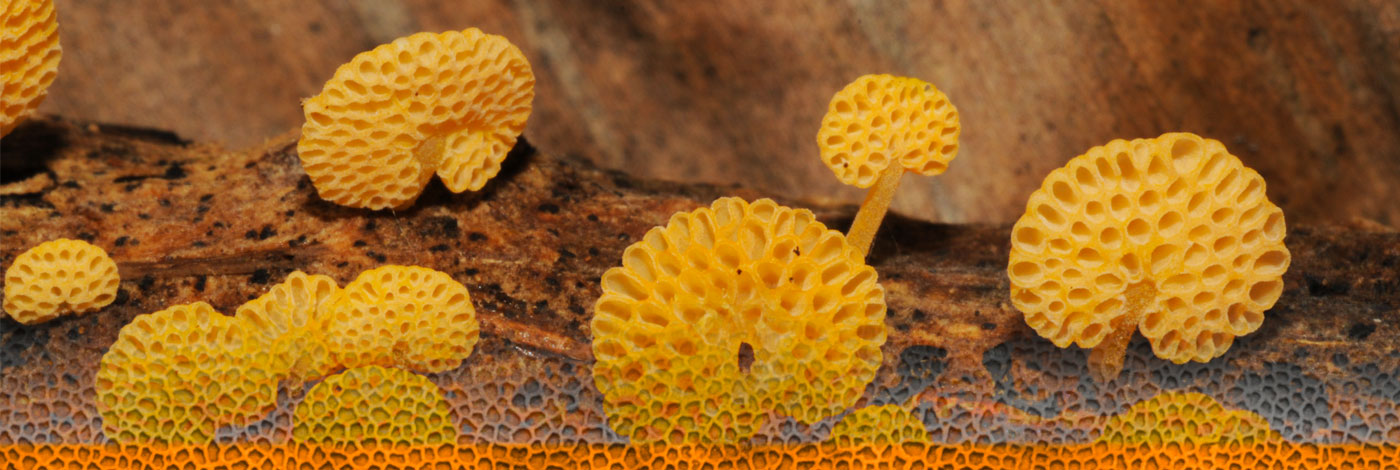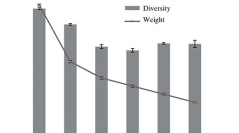

 Cryptogamie, Mycologie
34 (2) - Pages 99-111
Cryptogamie, Mycologie
34 (2) - Pages 99-111In Mexico, the study of the composition and changes of the sporulating microfungi on decaying fallen leaves in rainforest ecosystems has not been elucidated. In this study, we evaluated the species richness, diversity, abundance and similarity of the sporulating microfungi inhabiting the leaf litter of Rinorea guatemalensis, a dominant evergreen tree in family Violaceae (Malphigiales) from the rainforest of the "Agua Blanca" park in the state of Tabasco. The study was done over a period of 210 days. In parallel we analyzed the loss of leaf biomass. The litter bag method was used. Fungal fruiting structures were detected and quantified using moist chambers. A total of 38 taxa were detected. Two main phases were detected in the biomass loss and in the changes in the microfungi community; the primary phase was characterized by the highest biomass loss and corresponded with the highest diversity, specific richness, as well the highest values of frequency of occurrence for the sporulating microfungi. In the secondary phase the biomass loss and diversity remain with little apparent changes and with a tendency of decrease gradually with increasing foliar decomposition. In the later stages of decomposition, the similarity in the microfungal community increased. The frequency and periodicity of occurrence values indicated that the sporulating microfungi community was structured mainly by rare and sporadic species. Cylindrocladium scoparium, Microthyrium sp., Volutella ciliata and Volutella minima were considered as residents throughout the study.